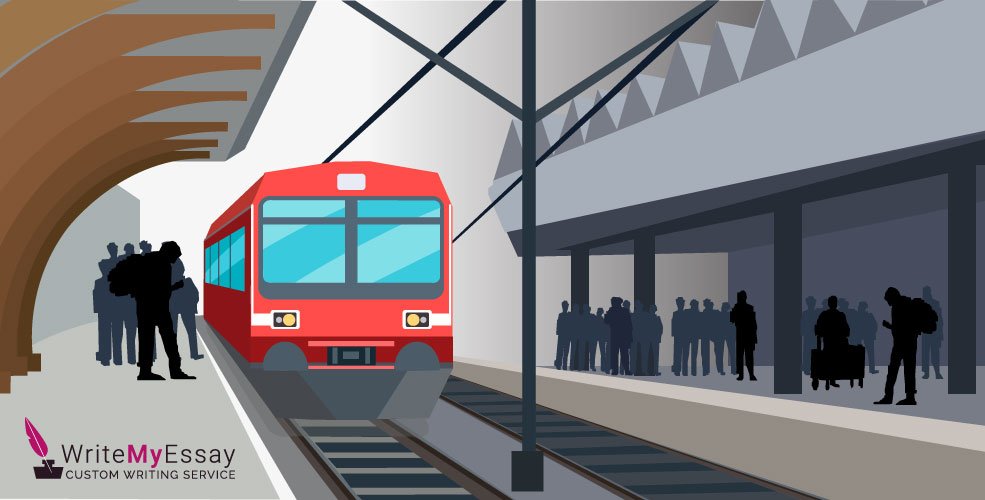Transcontinental railroad : what was its impact on westward expansion? Essay sample
 The westward expansion started yet as the British colonists had first reached the East Coast. Settlers always tried to move farther to the West to get bigger independence and damp the pressure of the monarchy. The “Manifest Destiny” that appeared in 1845 proclaimed that Americans are morally obliged to free all the Western Hemisphere from European domination and lift less developed societies living in Americas. The discovery of gold in California brought more people to the Pacific coast. The construction of the Transcontinental Railroad in 1869 completed what Theodore Roosevelt called the “Great Leap Westward”.
The westward expansion started yet as the British colonists had first reached the East Coast. Settlers always tried to move farther to the West to get bigger independence and damp the pressure of the monarchy. The “Manifest Destiny” that appeared in 1845 proclaimed that Americans are morally obliged to free all the Western Hemisphere from European domination and lift less developed societies living in Americas. The discovery of gold in California brought more people to the Pacific coast. The construction of the Transcontinental Railroad in 1869 completed what Theodore Roosevelt called the “Great Leap Westward”.
The railroad connected the Atlantic and Pacific coasts for the first time in the history. The idea appeared yet during the American Civil War. The Republicans insisted on building the line that would enhance the expansion from the Eastern Seaboard as far as the Pacific. The southern Democrats opposed this idea for the railroad damaged some lands it came across. However, Republicans took hold of the absence of the Democrats and passed the bill on construction without them. The Civil War veterans and immigrants from Ireland were the major labor force at the construction. It lasted since 1863 till 1869, when the last spike was driven in Utah.
The construction of the railroad facilitated the trade beyond any imaginable limit at the end of the 19th century. It became faster, cheaper, and safer to transport goods from the Atlantic to Pacific coast. On the other hand, Native American tribes lost their lands in the construction. Many of them had been displaced for various reasons. After all, colonists thought little of the local population when they had to expand their own authority on this new continent.
